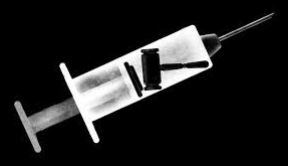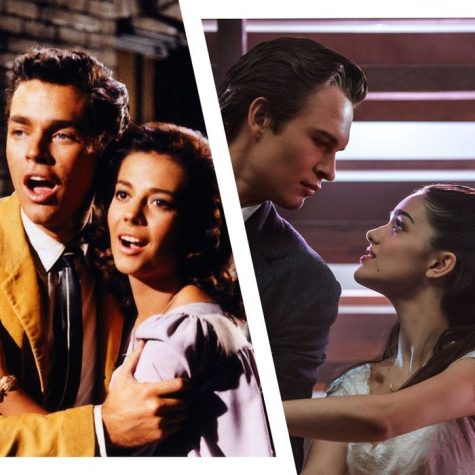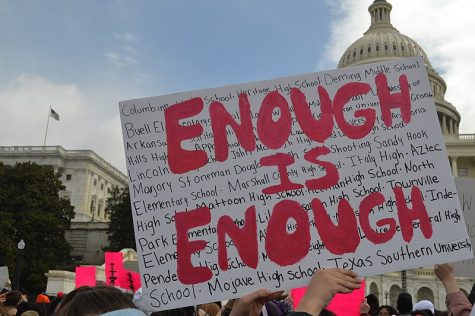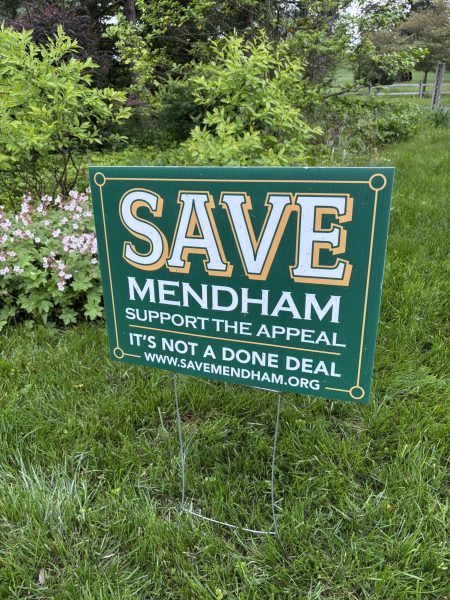Capital Punishment: Is it Moral?

Image Courtesy of The New York Times
This is an opinion article piece. Campbell Portland is a freshman at Mendham who writes for the school newspaper. All opinions expressed in the following editorial are her own and do not necessarily reflect the views of The Patriot.
On a chilly morning in February 2009, state police found 26-year-old Kenzie Howk in her bed with a bullet through her head. She was eight months pregnant. The search for her killer ended with the most surprising murder suspect, 11-year-old Jordan Brown, the son of the victim’s fiancé. On weekends, Jordan hunted alongside his father, Chris Brown, who purchased the youth-sized 20-gauge shotgun state police believe was the murder weapon. As an 11-year-old, this child faced double murder for his father’s fiancé and for her unborn child. The death penalty is the maximum sentence used in punishing people who kill another human being and is a very controversial method of punishment. For years the debate has been going on as to if the death penalty is moral and should be legal. Here are the terrible implications of the death penalty why it should be abolished globally.
The first issue with the death penalty is that the justice system is never 100% correct. Judges and juries can convict the innocent, as we know from the case of Donald Marshall, jailed for more than a decade for a murder he did not commit from 1971 to 1983 according to Encyclopedia Brittanica. Most crimes end up with criminals serving jail time. Sometimes people are actually innocent. Once you are dead, you are dead, and if the jury made a mistake, you are still dead. The death penalty is irreversible.
The death penalty is also unjust and morally wrong. When someone murders someone else, the correct punishment is not to murder him or her, but to try and help them see the error in their ways. We don’t steal from the thieves or rape rapists. If the world continued to use the death penalty, we would appear to accept the crime by repeating it. It would be deliberate cruelty to conduct the same crime to someone who conducted the crime on another. Why do we murder the murderers?
The death penalty is also used to infringe human rights. According to the United Nations Free & Equal Association, in at least 14 countries as of 2019, national law still prescribes the death penalty for anyone who is found to be homosexual. In today’s world, the United Nations Declaration of Human Rights states that everyone can be who they are without any resistance. But in 2019, in some countries, you can be murdered for who you are or who you love.
And the death penalty is not just for adults. According to the United States Department of Justice, a juvenile is any person under the age of 18 like Jordan Brown who was faced with a trial for his crimes as an adult. Well, since 1973, 226 juvenile death sentences have been imposed in the United States of America according to the American Civil Liberties Union in 2001. While adolescents can and should be held accountable for their actions, new scientific information demonstrates that they can not fairly be held accountable to the same extent as adults. Studies by the Harvard Medical School, the National Institute of Mental Health and the University of California, Los Angeles’s Department of Neuroscience finds that the frontal and prefrontal lobes of the brain, which regulate impulse control and judgment, are not fully developed in adolescents. These findings confirm that adolescents generally have a greater tendency towards impulsivity, making unsound judgments or reasoning, and are less aware of the consequences of their actions.
The case of Gary Graham highlights the issue that juvenile capital defendants faced before the decision to ban the death penalty for juveniles. Gary Lee Graham was born to Thelma Griffin and Willie Graham on September 5, 1978. A high school dropout, Gary was illiterate at the time of his arrest. Growing out of control as a teen, his negative behavior began with nonviolent petty offenses. However at age 17 was convicted of the murder of 53-year-old Bobby Grant Lambert in Houston, Texas, on May 13, 1995. Under Texas law, he was eligible for the death penalty, although in many other states he would not have been. Graham was executed in 2000, five years before the U.S. Supreme Court prohibited the execution of juvenile defendants.
Juveniles are also the most likely to be capable of rehabilitation because their minds are still developing, just like how it is easier to learn a language the younger you are. A study done by the United States Rehabilitation Organization found that juvenile rehabilitation was 20% more successful than the rehabilitation of non-juveniles. Locking up a juvenile costs an average of one hundred and fifty thousand dollars per person per year and the average imprisonment period is 10 years according to the Justice Policy Institute. This means that per juvenile, it costs an average of 1 million five hundred thousand dollars for their entire sentence. Juvenile rehabilitation costs an average of one hundred and sixty thousand dollars per person per year according to the Justice Policy Institute and the average time to fully rehabilitate a juvenile is around 2 years. This means that rehabilitation for juveniles also costs about 5% of the money it takes to jail a juvenile.
Once we turn 18, 25, whatever the age is in our country, we will be allowed to vote against capital punishment and help construct the world more civilly. It is up to us, and all future generations, to stop capital punishment in its tracks, save some lives, and some money by doing so.
I hope that nobody is ever accused of a crime so severe that they are being faced with a life sentence in prison, but most importantly I hope that the death penalty isn’t around to steal their second chance.

Campbell Portland is a freshman at Mendham High School. She enjoys playing soccer, basketball, as well as playing the Alto Saxophone and Bassoon in the...










